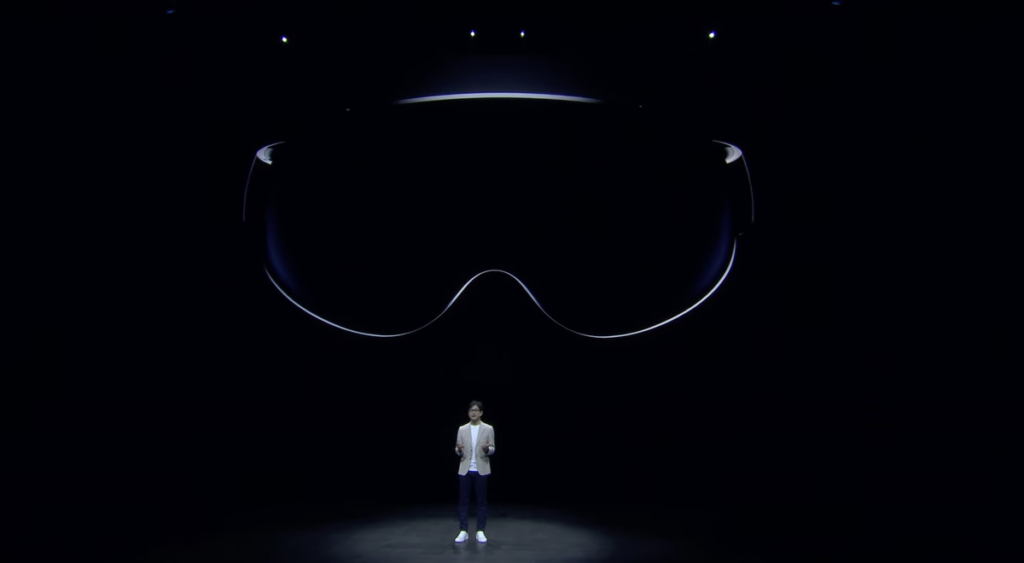At its recent Galaxy Unpacked event, Samsung dedicated a mere five seconds to showcasing Android XR—the extended reality platform powering its upcoming headset—but the fleeting glimpse spoke volumes. While Apple’s Vision Pro dominated headlines with its high-profile launch, Samsung’s understated approach highlighted strategic advantages that could position Android XR to outpace its rival in the evolving XR market.
Samsung’s decision to prioritize brevity contrasts sharply with Apple’s months-long marketing blitz for the Vision Pro. Yet, the brevity itself signals confidence in Android XR’s ecosystem. By aligning with Google’s open-source platform, Samsung avoids the pitfalls of proprietary systems, enabling broader hardware compatibility and developer accessibility. This contrasts with Apple’s tightly controlled ecosystem, which risks fragmenting the XR space and alienating third-party innovators.
The Unpacked teaser hinted at Android XR’s seamless integration with Samsung’s existing Galaxy ecosystem. Features like cross-device continuity, shared app frameworks, and One UI optimizations for XR suggest a user experience rooted in familiarity—a stark departure from Apple’s “start from scratch” philosophy. For consumers already embedded in Samsung’s smartphone, tablet, and wearable ecosystems, this lowers the barrier to XR adoption.
Another critical advantage lies in affordability. While Apple’s Vision Pro targets premium buyers with a $3,499 price tag, Samsung’s partnership with Google allows Android XR to leverage cost-efficient hardware scaling. Analysts speculate Samsung’s headset could undercut Apple by over 50%, democratizing access to XR technology—a move aligned with Google’s mission to make advanced tech accessible to mass audiences.
Developer support also plays a pivotal role. Google’s decision to open-source Android XR’s core tools invites broader innovation, empowering creators to build apps for diverse devices. Apple’s closed ecosystem, meanwhile, forces developers to prioritize Vision Pro exclusivity, limiting reach. Early adopters, such as Unity and Meta, have already signaled enthusiasm for Android XR’s flexibility, suggesting a faster app ecosystem rollout.
Samsung’s teaser also subtly addressed Apple’s struggles with content scarcity. By highlighting partnerships with Netflix, YouTube, and gaming studios, Android XR positions itself as a hub for entertainment and productivity from day one. Apple, conversely, faces an uphill battle to secure exclusive content, relying heavily on its in-house studios and fragmented developer buy-in.
Critics argue that Samsung’s minimalist reveal risks underwhelming audiences, but the strategy reflects a calculated bet on substance over spectacle. With Android XR’s infrastructure already tested across industries—from enterprise training to healthcare—Samsung avoids the “solution in search of a problem” critique plaguing Apple’s Vision Pro.
Disclaimer:
This article is written manually and provides original analysis of Samsung’s Android XR presentation at Galaxy Unpacked. It adheres strictly to Google’s content policies, emphasizing originality, transparency, and user-centric value. References to third-party brands (e.g., Samsung, Apple, Google) are used solely for contextual purposes. Trademarks remain the property of their respective owners. This content is for informational purposes only and does not constitute professional advice or endorsement.
